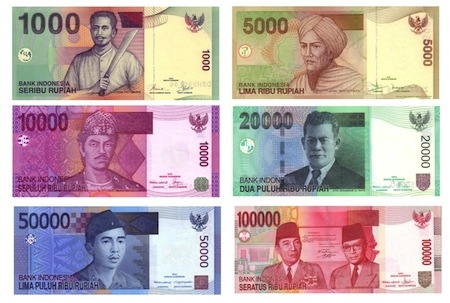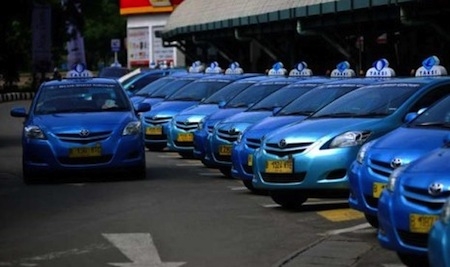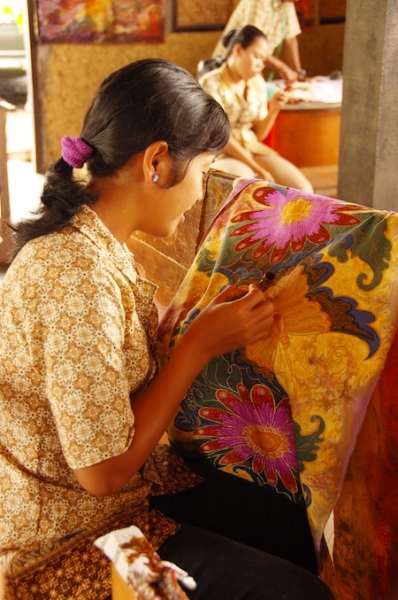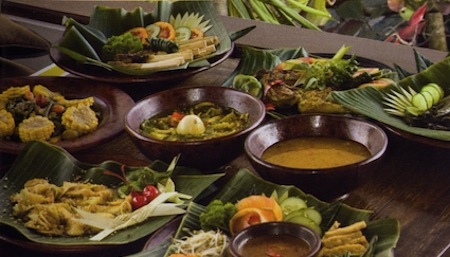Bali
Bali Island located between the islands of Java and Lombok. Bali is considered as the most developed tourist area In Indonesia. The island is 150 km long from east to west and 80 km long from north to south, administratively it covers 5,780 km2, or 5,577 km2 without Nusa Penida District, its population density is roughly 750 people/km2. Height up to 3142 m (Mount Agung), known as the "mother mountain" which is an active volcano. Bali is also the largest tourist destination in the country and is renowned for its highly developed arts, including traditional and modern dance, sculpture, painting, leather, metalworking, and music. A tourist haven for decades, the province has seen a further surge in tourist numbers in recent years. The island is surrounded by coral reefs. Beaches in the south tend to have white sand while those in the north and west have black sand. There are various of tourist attractions and objects such as waterfalls, lakes, rice terraces, etc. Every place has different thing to offer.
Balinese culture was strongly influenced by Indian, Chinese, and particularly Hindu culture, beginning around the 1st century AD. The name Bali dwipa ("Bali island") has been discovered from various inscriptions, including the Blanjong pillar inscription written by Sri Kesari Warmadewa in 914 AD and mentioning "Walidwipa". It was during this time that the complex irrigation system subak was developed to grow rice. Some religious and cultural traditions still in existence today can be traced back to this period. The Hindu Majapahit Empire (1293–1520 AD) on eastern Java founded a Balinese colony in 1343. When the empire declined, there was an exodus of intellectuals, artists, priests, and musicians from Java to Bali in the 15th century.
The first European contact with Bali is thought to have been made in 1585 when a Portuguese ship foundered off the Bukit Peninsula and left a few Portuguese in the service of Dewa Agung. In 1597 the Dutch explorer Cornelis de Houtman arrived at Bali and, with the establishment of the Dutch East India Company in 1602, the stage was set for colonial control two and a half centuries later when Dutch control expanded across the Indonesian archipelago throughout the second half of the 19th century. Dutch political and economic control over Bali began in the 1840s on the island's north coast, when the Dutch pitted various distrustful Balinese realms against each other. In the late 1890s, struggles between Balinese kingdoms in the island's south were exploited by the Dutch to increase their control.
Climate and Weather
Language
Time
Currency

Religion
Visa and Customs
Transportation

Network
Souvenirs
Souvenirs in Bali is relatively inexpensive. As the island of art, there are tons of artistic things you can find here. From the smallest to really big ones. Bali has its own style of arts and carvings. Most of souvenirs in Bali are handmade. Painting, statue, fabric(batik), jewellery, house furnitures and many more.

Foods

Working Hours
Electricity
Voltage is 220V. Most of the hotels and villas in Bali use European outlets.


